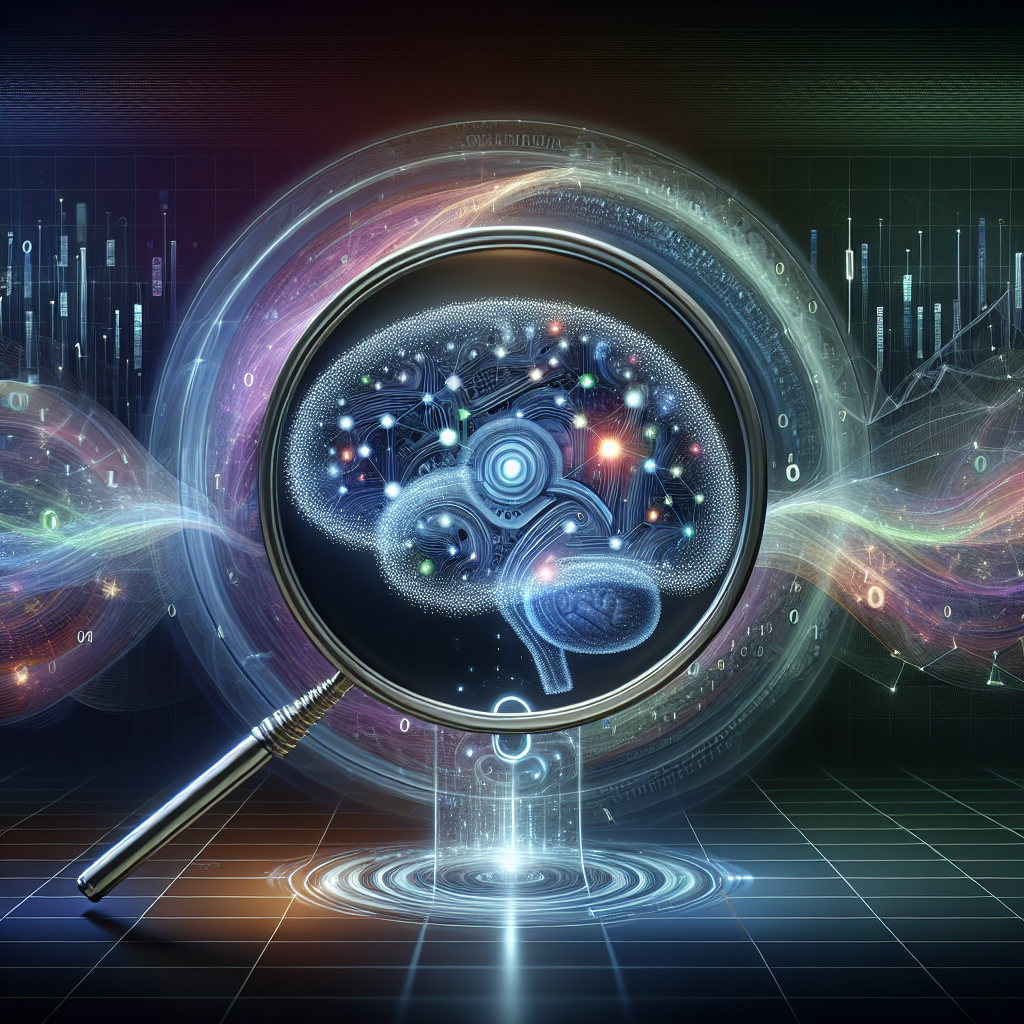The Role of Technology in Enhancing UFO Investigations
For decades, the mysterious phenomenon of Unidentified Flying Objects (UFOs) has captivated the imagination of people worldwide. While many sightings have been debunked as natural or man-made objects, there remains a subset that defies explanation. Thanks to advancements in technology, the field of UFO investigations has evolved significantly, offering new insights and tools to both amateur and professional ufologists. In this blog post, we’ll explore how technology is enhancing UFO investigations and contributing to our understanding of these enigmatic occurrences.
Table of Contents
1. Introduction to UFO Investigations
2. The Impact of Surveillance Technology 📷
3. Data Analysis and Machine Learning 🖥️
4. The Role of Social Media and Digital Communities 🌐
5. Advanced Imaging and Detection Techniques 🌌
6. Conclusion
7. FAQs

Introduction to UFO Investigations
UFO investigations have traditionally relied on eyewitness accounts, photographs, and video footage. However, these methods are often fraught with issues such as poor image quality, human error, and incomplete data. Today, technology is transforming how we approach these investigations, allowing for more accurate and comprehensive analyses.
The Impact of Surveillance Technology 📷
Surveillance technology has revolutionized the way UFO sightings are documented. High-resolution cameras and satellite imagery provide clearer and more detailed footage, making it easier to analyze potential UFOs. With the proliferation of security cameras and smartphones, the number of recorded sightings has increased, providing a wealth of data for investigators.
Furthermore, the use of drones equipped with night vision and thermal imaging capabilities allows researchers to monitor areas of interest with greater precision. These tools help distinguish between natural phenomena, aircraft, and potential UFOs, reducing the margin for error in investigations.

Data Analysis and Machine Learning 🖥️
The vast amount of data collected from various sources can be overwhelming. However, advancements in data analysis and machine learning have made it possible to sift through large datasets efficiently. Machine learning algorithms can identify patterns and anomalies within data, helping researchers pinpoint credible sightings and discard false positives.
For example, algorithms can analyze flight patterns to determine whether an object is a known aircraft or something truly unexplained. By automating these processes, researchers can focus on the most promising cases, increasing the chances of uncovering new insights.
The Role of Social Media and Digital Communities 🌐
Social media platforms and online communities have become vital resources for UFO enthusiasts and investigators. These platforms allow for the rapid sharing of information, sightings, and analysis, fostering collaboration among researchers worldwide. Hashtags like #UFOsighting or #UFOresearch make it easier for users to find and contribute to discussions.
Additionally, digital communities provide a space for individuals to share their experiences and theories, creating a rich tapestry of information that can be analyzed and cross-referenced. This democratization of information has led to a more inclusive and comprehensive approach to UFO research.
Advanced Imaging and Detection Techniques 🌌
Technological advancements in imaging and detection have opened new avenues for UFO research. Infrared and ultraviolet imaging, along with radar and sonar technology, allow researchers to detect objects beyond the capabilities of the human eye. These techniques can reveal objects that emit or reflect non-visible light, offering a new dimension to UFO investigations.
Moreover, the development of portable detection equipment enables field researchers to gather data in real-time, increasing the likelihood of capturing compelling evidence. As these technologies become more accessible, they hold the potential to revolutionize our understanding of UFOs.
Conclusion
The role of technology in UFO investigations cannot be overstated. From high-resolution cameras and data analysis to social media and advanced imaging techniques, technology is providing researchers with the tools needed to explore these mysteries more thoroughly. While many questions remain unanswered, each technological advancement brings us closer to understanding the unknown.
FAQs
Q: How has technology improved the credibility of UFO sightings?
A: Technology has improved the credibility of sightings by providing high-resolution imagery, accurate data analysis, and the ability to distinguish between known objects and potential UFOs.
Q: Can machine learning really help in UFO investigations?
A: Yes, machine learning algorithms can analyze vast amounts of data to identify patterns and anomalies, helping to filter out false positives and focus on credible sightings.
Q: Are social media platforms reliable sources for UFO information?
A: While social media platforms offer a wealth of information and community collaboration, it’s essential to approach findings critically and verify data through credible sources.
As we continue to explore the skies, technology remains an invaluable ally in our quest to unravel the mysteries of UFOs. Who knows what we might discover next? 🚀
Looking for a side hustle
Check out one of the best around atm
